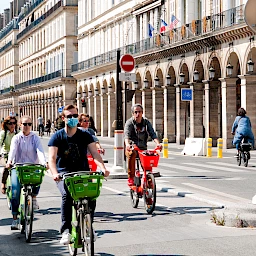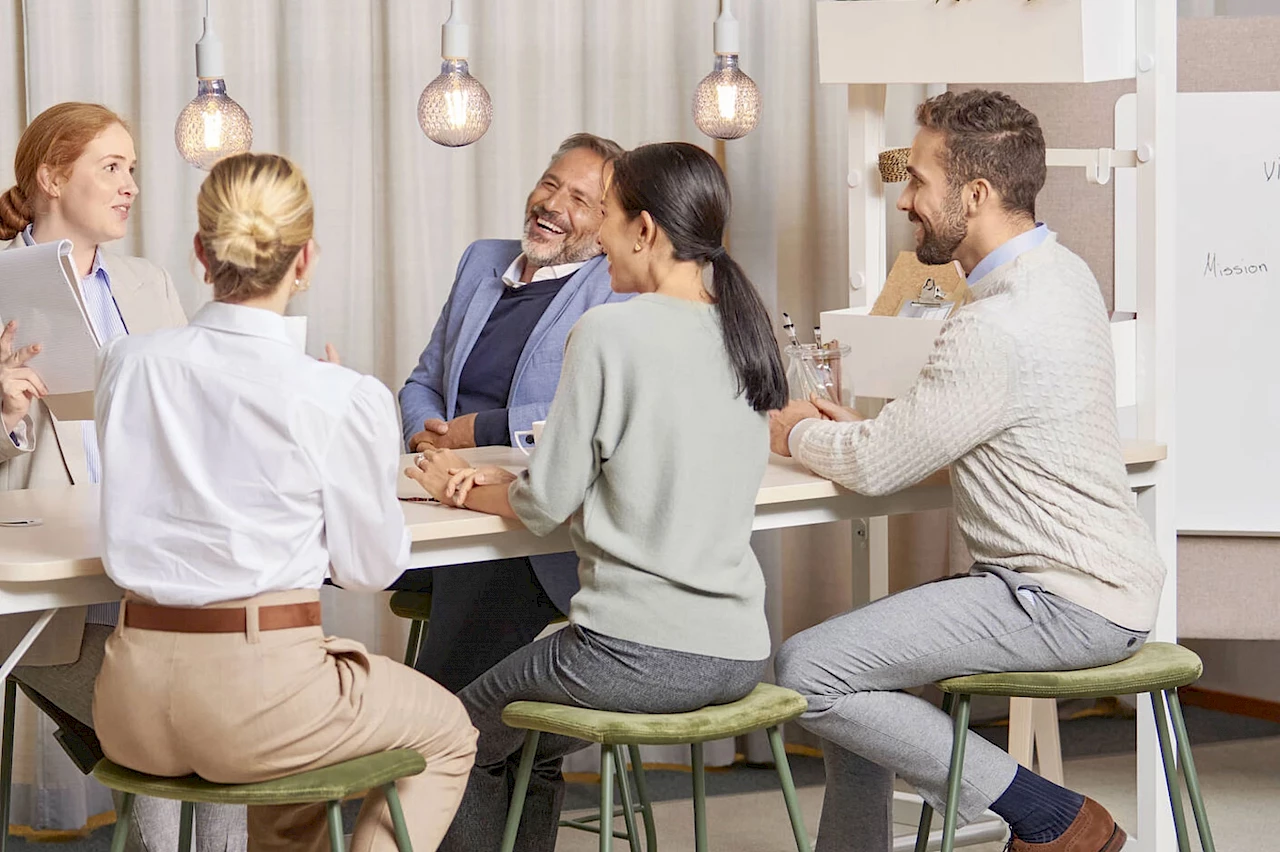Recent years have taught us that the new hybrid work models are here to stay. According to studies conducted by his company, employees would like to spend between 30 and 60% of their time working from home in future, said Stefan Camenzind, a partner at Evolution Design, in his talk at the “Menschen in Räumen” (people in spaces) symposium organized by the Fraunhofer IBP at ORGATEC. Employees’ greatest desire is to be able to work flexibly.
What effects are these developments having on offices, interior design and team spirit? And what kind of corporate culture does the flexibilization of work require?
Individual responsibility requires a different mindset
Camenzind believes that the response to flexibility should not be stronger regulation and pressure. After all, many employees interpret rules as a vote of no confidence. Instead, the focus should be on commitment and loyalty, and management as a whole should pay more attention to corporate culture and corporate values. The world of work has become more complex, and so have the requirements for employee management. For one thing, there’s a need for more support and new skills for managers. In the future, the role of managers should be to offer their employees and teams an optimal environment so that they can do their work as well as possible. However, there’s also a need for more trust and individual responsibility on the part of employees. A certain mindset is necessary in order to deal with the requirements of the work environment as effectively as possible. And this is where the physical space comes into play, says Camenzind.
Please also read

The office wins if it offers added value
In the competition to offer attractive places to work, the main office can win points if it offers its users added value. Camenzind, who is an architect and an innovator, uses the term “needs-oriented working” in this connection. As a result of hybrid working, a shift has taken place. Although a large proportion of concentrated work is done at home, employees like to come into the main office to talk and share ideas. But this doesn’t mean that offices can do without rooms that are devoted to focused work. On the contrary, employees’ requirements regarding physical space increased during the pandemic. Companies are called on to offer equivalent high quality in the main office while also satisfying employees’ need for conversation and interaction. Communication areas, which are also known as hubs, promote the sense of community; so do informal areas and common rooms. If people conclude after the end of the workday that coming to the main office has been worthwhile, the office is on the right track.
Making the office a place to identify with
A physical space is the right place for employees to replenish their sense of corporate culture and values. In the world of work, the office takes on a function that Camenzind calls “superchargers for culture”. Room design can support this function and help to put the corporate culture into practice. Camenzind’s team from Evolution Design planned the RTL Audio Center in Berlin. They created a new main office for almost 200 employees on 2,700 square metres of floor space that stands out thanks to its modern design and variety of available spaces. Its interior design unfolds as a journey through the world of music. Of course there are individual offices, communication areas and conference rooms. But in the centre of the building is the Hub, a partly public space in the loft style which invites employees, guests and music stars to meet and mingle, as well as a fully equipped stage that can be used for concerts and events of every kind.
Adapting the use of spaces to the employees’ needs looks like the best opportunity for the office. It’s possible for main offices to emerge from the transformation stronger than before — with the right mindset, the right team, and a robust corporate culture.





